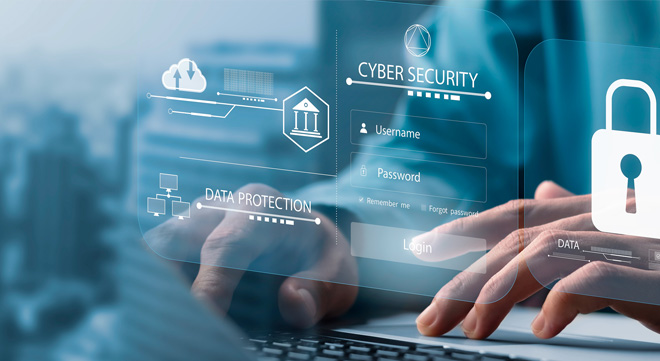Finding statistics online on the percentage of cybercriminals who are brought to book is almost as difficult as tracking down the perpetrators of these crimes, it seems.
Depending on which malware specialist or study you believe, the percentage of cybercriminals who are apprehended ranges from 1% to 5%. Most cite the same “common challenges in combating cybercrime”: data retention (the legal uncertainties surrounding obtaining data from private parties), internet governance-related challenges, encryption, and loss of location.
All urge consumers to educate themselves about cyber fraud.
According to research by cybersecurity company and VPN provider Surfshark, 801 000 people fell victim to cybercrime worldwide in 2022. The report showed that in South Africa, 56 out of 1 million internet users were reported to have fallen victim – a total of 2 000 cybercrime victims.
Of all the various forms of cybercrime, phishing is by far the most common, and it is increasing.
Phishing is when a cybercriminal masquerades as a reputable entity or person in an email or other form of communication. Attackers commonly use emails, text messages, and other forms of personal communication to distribute malicious links or attachments that can extract log-in credentials, account numbers, and other personal information from recipients.
According to the findings of an October 2022 study by messaging security provider SlashNext, there has been a 61% increase in the rate of phishing attacks in the six months to the end of October 2022 compared to the previous year.
Email is used in 96% of phishing attacks (Verizon’s 2023 Data Breaches and Investigations Report). But the SlashNext study found that cybercriminals were shifting their attacks to mobile and personal communication channels. It showed a 50% increase in attacks on mobile devices, with scams and credential theft at the top of the list of payloads.
And there is nothing preventing scammers from coming at their victims on all social media fronts, simultaneously.
At the beginning of the year, Jess Burn, senior analyst at Forrester Research (a research and advisory company), told business news channel CNBC that they were seeing an increase in the use of voicemail and text as part of two-pronged phishing and business email compromise campaigns.
Burn explained that the attackers would leave a voicemail or send a text about the email they sent, either lending credibility to the sender or increasing the urgency of the request.
Staying one step ahead
Justin Westcott, the chief technology officer at DataGr8, warns that as technology continues to advance rapidly, so does the sophistication of cyber threats.
The South African-based company provides data-focused technology and services to customers across Africa. More recently, it branched out into Terranova Security, a cybersecurity company that provides a comprehensive security awareness training programme to individuals and organisations.
Westcott says, in this ever-evolving landscape, it is crucial to stay one step ahead and adapt cybersecurity strategies accordingly.
He says a trend that is emerging in the realm of personal cybersecurity is the integration of artificial intelligence (AI) and machine learning algorithms.
“These technologies have the potential to revolutionise how we protect ourselves online. Imagine having an intelligent assistant that can analyse your browsing patterns, detect suspicious activities, and proactively take measures to safeguard your data.”
Another area that holds promise for personal cybersecurity is blockchain technology.
Financial media website Investopedia describes blockchain as a type of shared database that differs from a typical database in the way it stores information; blockchains store data in blocks linked together via cryptography.
It was originally developed as a secure ledger system for cryptocurrencies such as Bitcoin, but Westcott says blockchain has applications beyond finance.
“By decentralising data storage and ensuring transparency, blockchain can offer enhanced protection against hacking attempts and unauthorised access. In the future, individuals may use blockchain-based platforms to store their sensitive information securely.”
He adds that biometric authentication methods are also gaining traction as a means of bolstering personal cybersecurity.
“Traditionally, passwords have been our primary line of defence against unauthorised access to our accounts. However, passwords can be easily forgotten or stolen through breaches or phishing attacks. Biometric authentication methods such as fingerprint scanning or facial recognition provide a more secure alternative by relying on unique physical traits that are difficult to replicate or steal.”
In addition to integrating cutting-edge technology, an effective way to develop a strong defence against cyber threats, Westcott says, is by equipping individuals with knowledge and skills to identify and respond to cyberattacks effectively.
“One strategy is providing comprehensive cybersecurity training that educates individuals about potential risks and encourages them to adopt proactive behaviours that enhance their cybersecurity defences. This includes regularly updating software, using strong and unique passwords, and being cautious while browsing the internet or opening suspicious emails.”



